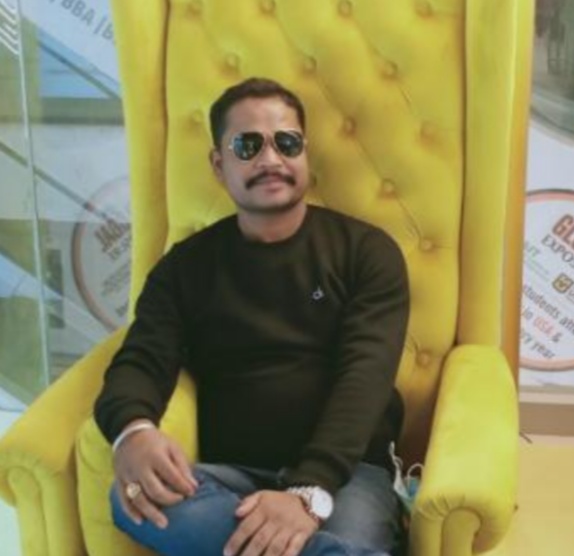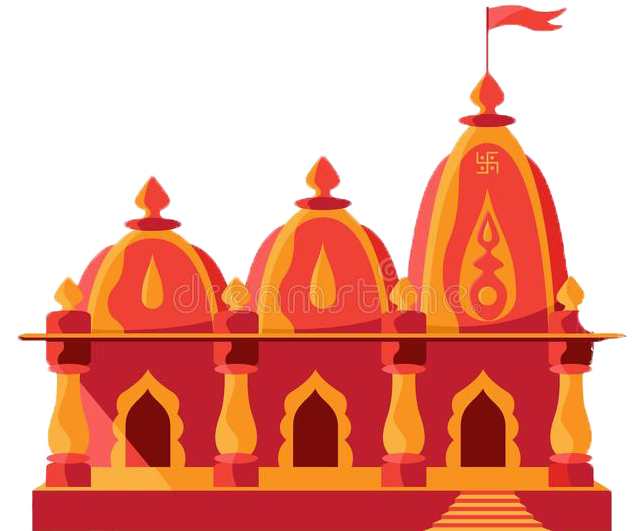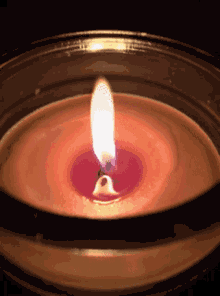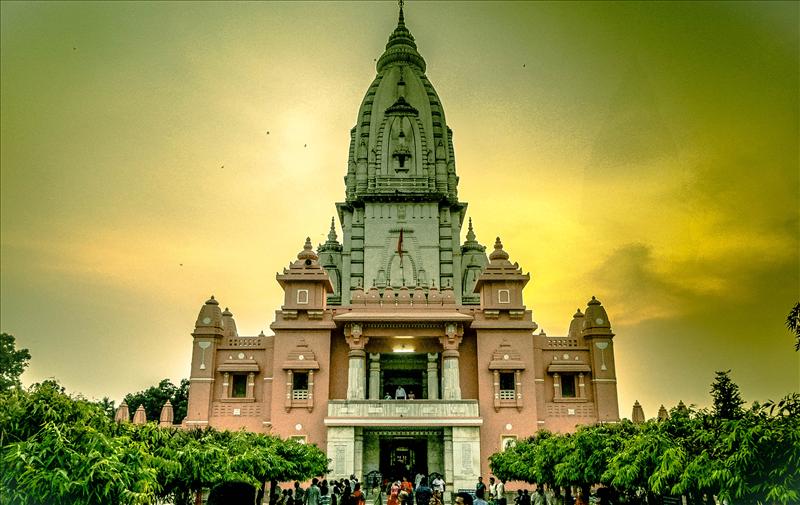This Temple Website sponsored by Mr. Anoop Singh, HSFC, Dwarka, New Delhi-110075.
Phone Numbers- 70117104088, 9136362391

Dress Code
No restrictions for any dress.
Entry Restrictions
No Restrictions, Persons of all faiths allowed.
Parking Facilities
Bike,Car,Bus and Electronic Vehicle parkings are available near the Temple.
Security and Surveillance
Volunteer yourself to be a part of Temple Security and Surveillance to ward off any Evil Attempts of Adharmik Forces.
Introduction and History in Brief
The Kashi Vishwanath Temple is one of the most famous Hindu temples dedicated to Lord Shiva. It is located in Vishwanath Gali of Varanasi, Uttar Pradesh in India. The Temple stands on the western bank of the holy river Ganga, and is one of the twelve Jyotirlingas, or Jyotirlingams, the holiest of Shiva Temples. The main deity is known by the names Shri Vishwanath and Vishweshwara (IAST: Vishveshvara) literally meaning Lord of the Universe. Varanasi city was called Kashi in ancient times, and hence the temple is popularly called Kashi Vishwanath Temple. The etymology of the name Vishveshvara is Vishva: Universe, Ishvara: lord, one who has dominion.
As per the Shiva Purana, once Brahma (the Hindu God of creation) and Vishnu (the Hindu God of Preservation) had an argument about who was supreme.[11] To test them, Shiva pierced the three worlds as a huge endless pillar of light, the jyotirlinga. To determine who was mightier Vishnu took the form of a boar and sought out the bottom while Brahma took the form of a swan to fly to the pillar’s top. Brahma out of arrogance lied that he had found out the end, offering a katuki flower as witness. Vishnu modestly confessed to being unable to find the bottom. Shiva then took the form of the wrathful Bhairava, cut off Brahma’s lying fifth head, and cursed Brahma that he would not be worshipped. Vishnu for his honesty would be worshiped as equal to Shiva with his own temples for all eternity. The jyotirlinga is an ancient axis mundi symbol representing the supreme formless (nirguna) reality at the core of creation, out of which the form (saguna) of Shiva appears. The jyothirlinga shrines, thus are places where Shiva appeared as a fiery column of light.There are 64 forms of Shiva, not to be confused with Jyotirlingas. Each of the twelve jyotirlinga sites take the name of the presiding deity – each considered different manifestation of Shiva. At all these sites, the primary image is lingam representing the beginningless and endless Stambha pillar, symbolizing the infinite nature of Shiva.The twelve jyothirlinga are Somnath in Gujarat, Mallikarjuna at Srisailam in Andhra Pradesh, Mahakaleswar at Ujjain in Madhya Pradesh, Omkareshwar in Madhya Pradesh, Kedarnath in Uttarakhand, Bhimashankar in Maharashtra, Viswanath at Varanasi in Uttar Pradesh, Triambakeshwar in Maharashtra, Vaidyanath Jyotirlinga, Deogarh in Deoghar, Jharkhand, Nageswar at Dwarka in Gujarat, Rameshwar at Rameswaram in Tamil Nadu and Grishneshwar at Aurangabad in Maharashtra.
The Manikarnika Ghat on the banks of Ganges near to the Kashi Vishwanath Temple is considered as a Shakti Peetha, a revered place of worship for the Shaktism sect. The Daksha Yaga, a Shaivite literature is considered as an important literature which is the story about the origin of Shakti Peethas.
The temple is mentioned in the Puranas including the Kashi Khanda (section) of Skanda Purana. The original Vishwanath temple was destroyed by army of Aibak in 1194 CE, when he defeated the Raja of Kannauj as a commander of Mohammad Ghori. The temple was rebuilt by a Gujarati merchant during the reign of Delhi’s Sultan Iltutmish (1211–1266 CE). It was demolished again during the rule of either Hussain Shah Sharqi (1447–1458) or Sikandar Lodhi (1489–1517). Raja Man Singh built the temple during Mughal emperor Akbar’s rule. Raja Todar Mal further re-built the temple with Akbar’s funding at its original site in 1585.
In 1742, the Maratha ruler Malhar Rao Holkar made a plan to demolish the mosque and reconstruct Vishweshwar temple at the site. However, his plan did not materialize, partially because of intervention by the Nawab of Awadh, who was given the control of the territory.[7]: 2 Around 1750, the Maharaja of Jaipur commissioned a survey of the land around the site, with the objective of purchasing land to rebuild the Kashi Vishwanath temple.[7]: 85 However, his plan to rebuild the temple did not materialize either. In 1780, Malhar Rao’s daughter-in-law Ahilyabai Holkar constructed the present temple adjacent to the mosque. In 1828, Baiza Bai, widow of the Maratha ruler Daulat Rao Scindhia of Gwalior State, built a low-roofed colonnade with over 40 pillars in the Gyan Vapi precinct.[8] During 1833–1840 CE, the boundary of Gyanvapi Well, the ghats and other nearby temples were constructed. Many noble families from various ancestral kingdoms of the Indian subcontinent and their prior establishments make generous contributions for the operations of the temple. In 1835, Maharaja Ranjit Singh of the Sikh Empire, on the behest of his wife, Datar Kaur, donated 1 tonne of gold for plating the temple’s dome. In 1841, Raghuji Bhonsle III of Nagpur donated silver to the temple.[7]: 200 [9] A 7-foot high stone statue of Nandi bull, gifted by the Rana of Nepal sometime in the 1860s, it lies to the east of the colonnade.
The temple was managed by a hereditary group of pandits or mahants. After the death of Mahant Devi Dutt, a dispute arose among his successors. In 1900, his brother-in-law Pandit Visheshwar Dayal Tewari filed a lawsuit, which resulted in him being declared the head priest.[10] Kashi Vishwanath corridor project was conceived in 2019 and foundation stone was laid by Prime Minister Narendra Modi. The project aims to increase the total area of Temple to around 50,000 square meters.
Important News Related to Temple
👉In 1669 CE, Emperor Aurangzeb destroyed the temple and built the Gyanvapi Mosque in its place.The remains of the erstwhile temple can be seen in the foundation, the columns and at the rear part of the mosque.
👉The Temple has been referred to in Hindu scriptures for a very long time as a central part of worship in the Shaiva Philosophy. It had been demolished by many Muslim rulers many times, last time It was demolished by Aurangzeb, the sixth Mughal emperor who constructed the Gyanvapi Mosque on its site.
The current structure was built on an adjacent site by the Maratha ruler, Ahilya Bai Holkar of Indore in the year 1780.
Since 1983, the temple has been managed by the government of Uttar Pradesh. During the religious occasion of Shivratri, Kashi Naresh (King of Kashi) is the chief officiating priest.
Temple Photos
Videos from YouTube
Presiding Deity
Bhagwan Shiv (Shivalingam) 🙏
Weapons of Bhagwan Shiva
Be A True Devotee
Worship your Isht in your tradition .
But a passive worship is a total waste of your time and energy .
For True Worship ,a devotee MUST master the use of weapons the Deity bears.
The weapons of Bhagwan Shiva are Trishula (Trident), Pashupatastra, Parashu-Axe, Pinaka bow.
Remember, for a Sanatani, Shastra (Weapon) and Shaastra (Holy Book) go together 🙏
Always carry the weapons of respactive deity like Gada,Sword and Trishula.
How to use? Where available? Legal issues?
Email us at <mandirdarshan.org@gmail.com>
Timing
Opens from morning 7:00am to 9pm in the evening!
Best time to visit: Try to visit the temple during winters as it can cause health difficulties during summers because of humidity.
Aarti Timing
Details awaited/Solicited.
Basic Facilities
Drinking Water, CCTV Security, Prasad, Puja Samagri, Satsang Hall, Shoe Store, Wash Rooms.
Activities
Details awaited/Solicited.
Festivals
Annakut
Durga Pooja
Navratris
Ganeshotsava
Prathama Seve Aata
Shashti Mahothsava
Maha Shivaratri Etc..
Famous Temples Nearby
Bhavani Shankara Temple
Maa Anapurna Mandir
Dashashwamedh Ghat
Dhandapani Temple
Trijata Temple etc..
Near by Shops & Markets
👉 Famous for Shopping in VARANASI
Nearby Dharamshalas
👉Click HERE to look upon Dharamshalas nearby near Temple.
Hotels near Temple
👉Click HERE to look upon hotels nearby near Temple.
Restaurants near Temple
👉Click HERE & HERE to look upon famous restaurants near Temple.
Nearby Hospitals
👉Click HERE to look upon more hospitals nearby.
Concerned Police Stations
Maidagin Road, Janpath, near Hayarat Jahid Sahid Baba, Varanasi, Uttar Pradesh 221002
Managment Commity
Details awaited/Solicited.
Miscellaneous information
Details awaited/Solicited.
Legal information
The temple is situated on legal site taking by Govt,(ASI) & Mandir Community, there is no legal obligation on Temple Property or Temple Schedule, Criteria,Rules etc..
Facilities to hold Functions
Details awaited/Solicited.
Library
Details awaited/Solicited.
Akharas
Details awaited/Solicited.
Mehants, Pujaris, Archakas and Sewayats
Name:
Photo:
Phone Number:
Further Details:
Details to be updated.
Gau Sewa, Birds and otheranimals Sewa
Initiattives like Pashu Sewa, Pakshi Sewa, Langar Sewa, Vedic Pathshalas etc Plannings in process.
Langar Sewa
Details awaited/Solicited.
Gurukul/Vedic Pathshalas
Details awaited/Solicited.
Mitra Mandal Link for Advice/Guidance*
Google Forms will be available shortly to become member of this group.
Modes of Travel
- Varanasi airport is well-linked to some of the major cities in India like Delhi and Mumbai. International tourists can board connecting flights from Delhi airport which is well-connected to all the major cities in the world.
- The Varanasi railway station is connected to major cities of India via rail. From the railway station, tourists can hire a taxi or a cab to explore the city.
- Varanasi is connected to major cities of Uttar Pradesh and neighbouring states by state-run buses. Private air-conditioned buses are also available from nearby cities to Varanasi.
Visitors’ views about the Temple
Address for Visiting and Donation Purpose
Shri Kashi Vishwanath Temple
Lahori Tola, Varanasi, Uttar Pradesh 221001
0542 239 2629
The Data mentioned above and links are taken from Google, YouTube, TripAdvisor, Justdial, Wikipedia, Google Maps etc,. which is already in public domain. All such informations are only to facilitate the devotees to have proper darshan and there is no intentions of making any financial benefits out of them.
This website developed and maintained by :
Mc Luhan Madhyam LLP
176, Pocket-2, Sector-19, Dwarka, New Delhi-110075.
Phone Number: 01145118299, 9899802299



